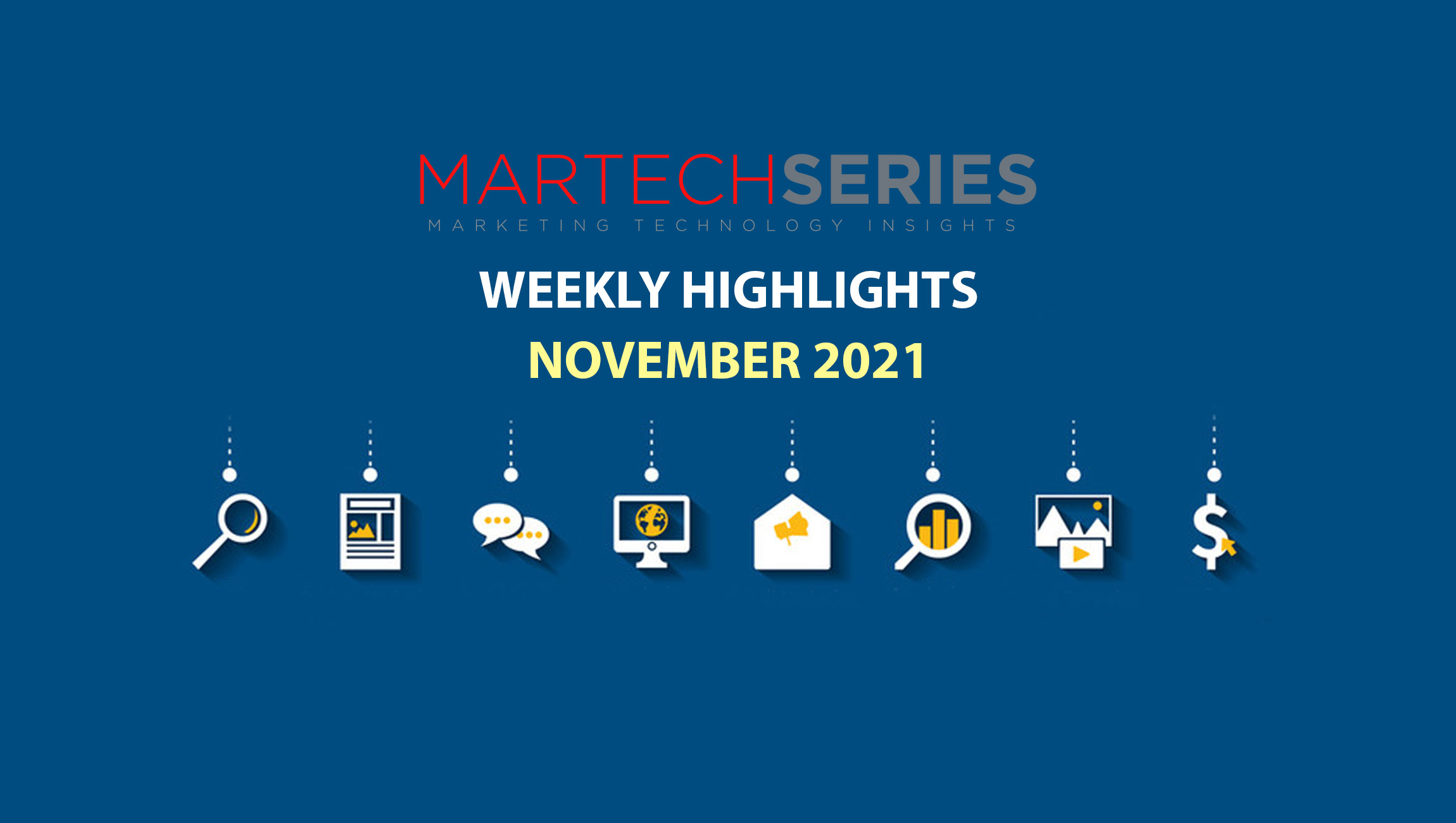The transition to e-commerce had been steadily growing for years, but the start of the pandemic rapidly accelerated this trend. With lockdown restrictions forcing consumers away from in-person shopping, they have become increasingly accustomed to shopping online. In April 2020, Forbes reported that US retailers’ online year-on-year revenue growth was up 68% from 2019.
Ahead of Black Friday, Outbrain conducted research of 1,000 UK consumers to uncover the long-term impact on consumer behaviour post-pandemic. The results revealed the importance of e-commerce for brands, with 48% of consumers planning to do their shopping solely online compared to only 6% of consumers who are planning to shop exclusively in-store.
Additionally, spending for many is projected to increase, with almost a quarter (22%) of consumers worldwide planning on spending more throughout this Black Friday period compared to last year – in particular among younger generations (31% of 18-35 year olds). This may be driven by pent up consumer demand this Christmas compared to 2020, when lockdown restrictions meant many were unable to celebrate together with family and friends.
With online shopping and spend on the rise, brands will be vying for consumer attention in a competitive marketplace where media costs are consequently on the rise. The results show how important an effective online presence is for brand campaigns this Black Friday. Executing this successfully is the challenge and problem brands face this quarter.
Marketing Technology News: Backblaze Strengthens Leadership With Two New Board Members
The death of cookies
The growth of e-commerce isn’t the only trend changing the digital landscape this Black Friday. 2022 will see the end of cookies, a web tracking tool used for the purpose of gathering third-party data. The transition will influence the way marketers and advertisers collect and use consumer data drastically – especially those businesses that rely heavily on third-party data analytics for ad targeting.
Naturally, this has led to brands with a stake in e-commerce hastily looking for alternative channels, especially with Black Friday and Cyber Monday looming. As one of the last busy shopping periods before third-party cookies disappear completely and with competition for online ad space expected to continue increasing into future Black Fridays, 2021 represents a vital opportunity for brands to begin collecting first-party data and to gain experience with other marketing channels sooner rather than later.
The importance of native advertising
Contrary to some concerns, brands that begin testing alternative channels will find that the end of cookies doesn’t limit web personalisation or adversely affect advertising performance. This is because cookies were never designed for these purposes. Instead, using large volumes of click-based data provides more scope, and detail, about who a consumer really is. Using click data allows for more contextual targeting, where analysis can truly determine the interests of a specific web user. Due to this, it’s likely to be the crux of future data gathering for marketers.
Some advertising methods already transcend the need for third-party data and native advertising on the open web is one such channel. Primarily, it uses first-party data with arguably more effectiveness than methods that harness third party cookie data, this is because it more closely reflects user intent by placing ads on websites that the reader has actively searched for and is engaged with. Our recent research found that 49% of consumers said their purchasing depends on how easy it is to find the brand, demonstrating the importance of high visibility for brands in relevant web pages.
However, when it comes to brand visibility, it may be better to stand out from the advertising crowd by blending in. Consumers will undoubtedly be bombarded with display advertising during Black Friday. In some cases, this can impact the user experience and even generate negative brand sentiment, potentially affecting sales and bounce rates. However, native advertising offers marketers targeted reach while also being designed to match the look, feel, and function of the media format in which the ads appear. This ensures the consumer’s online experience isn’t disrupted and the ads feel more authentic.
Native advertising on the open web is also efficient, saving precious time during busy trading periods. With native advertising, brands can implement one simultaneous advert for multiple, top-ranking websites, as the creative advertising element is automatically scaled and formatted to fit the environment of the webpage it’s housed within. Naturally, this saves a lot of time for creatives and also provides effective A/B testing opportunities.
Marketing Technology News: MarTech Interview with Damien Mahoney, Co-founder and CEO at Stackla
Capitalising on online shopping trends on Black Friday
Outbrain’s research shows that this year, many consumers will exclusively shop online on Black Friday instead of visiting a physical retail store. This is down to the convenience and accessibility on offer from online shopping.
But simply having an online offering will not be enough to entice customers. Speed of delivery is a top influencing factor, with 50% of consumers preferring fast delivery over free or discounted shipping offers if the discount results in a longer delivery time.
Brand values will also influence shopping decisions, meaning that retailers cannot simply rely on discounts. Consumers want to engage with retailers who have a positive brand image and are actively giving back to the community through inclusion and ESG initiatives. 43% said their purchases will depend on the sustainability and eco-friendliness of brands, while another 32% of consumers will favour brands that positively reflect diversity and inclusion.
Futureproofing your marketing for 2022 and beyond
Black Friday has become an established event of the year when consumers are typically more active and shopping for deals ahead of the busy festive season, making it a popular time for brands to increase ad spend. Combined with the increased transition of shoppers online following the pandemic, brands will find a more competitive online market this Black Friday than ever before. Creative marketing strategies are needed to compete and brands must identify and adapt to emerging trends.
The pandemic has fuelled the growth of online shopping. With consumers also willing to spend more than ever, Black Friday 2021 has never been more important. But its importance has been made even more significant by the impending death of cookies, giving brands an opportunity to test and learn alternative marketing channels that don’t require third party before cookies disappear completely.
For brands, channels such as native advertising on the open web will become the go-to method for advertising using first-party data. Among its many advantages, native does not rely on cookies to produce actionable data, and therefore brands that explore this ahead of Black Friday will be one step ahead of their competitors next year. Although third-party data may help for 2021, there’s nothing to fear about the disappearance of cookies. With practice and understanding, first-party data channels can invigorate brands’ advertising campaigns for 2022 and beyond.
Marketing Technology News: Diversity Isn’t Just Important, It’s Good for Your Brand











